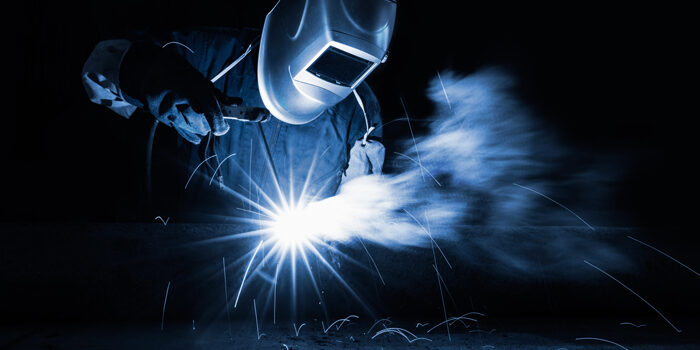Welding is the most inexpensive and resourceful way to join metals permanently. It is the only way of joining two or more pieces of metal to make them act as one piece. Most jobs in our industry requires the process of welding to cut, dismantle and repair projects.
Many factors influence the strength of welds and the material around them. This includes the technique, quantity and concentration of energy input, design of the joint and the filler and flux materials.
There are a few types of welding that can be used for different applications.
Types of Welding/Cutting Applications WDIS.WA Use
WELDING PROCESSES
- MMAW Stick Welding – Stick welding also known as manual arc welding, manual electrode welding, manual metal arc welding or shielded metal arc welding (SMAW) is usually the first welding process that welders are taught during training. It is easy to learn, but already offers insights into the way that welding systems work and into the ratio of metals to electrical voltage.
- FCAW Flux cored welding and GMAW Mig welding -MIG/MAG welding is also referred to as gas metal arc welding. A differentiation is made between metal inert gas welding (MIG) and metal active gas welding (MAG). MIG/MAG is currently the most frequently used welding process and allows for particularly high welding speeds.
- GTAW Tig welding – (TIG welding) is a gas shielded welding process and is one of the fusion welding processes. It is used wherever optimum quality and spatter-free weld seams are required. TIG welding is suitable, among other things, for stainless steels, aluminum and nickel alloys as well for thin sheet metal made of aluminum and stainless steel.
- Resistance Spot – where heat is generated at the interface of the parts to be joined by passing an electrical current through them for a precisely controlled time and under a controlled pressure
- Stud Welding – current, high-speed, semi-automatic procedure of permanently attaching all types of fasteners and wear-resistant studs to metal surface processes
CUTTING APPLICATIONS
- Carbon Arc – produces the merging of metals by heating them with an arc between a non-consumable carbon (graphite) electrode and the work-piece
- Cutting (GMAC) – when metal is cut and melted by the heat of a carbon arc






